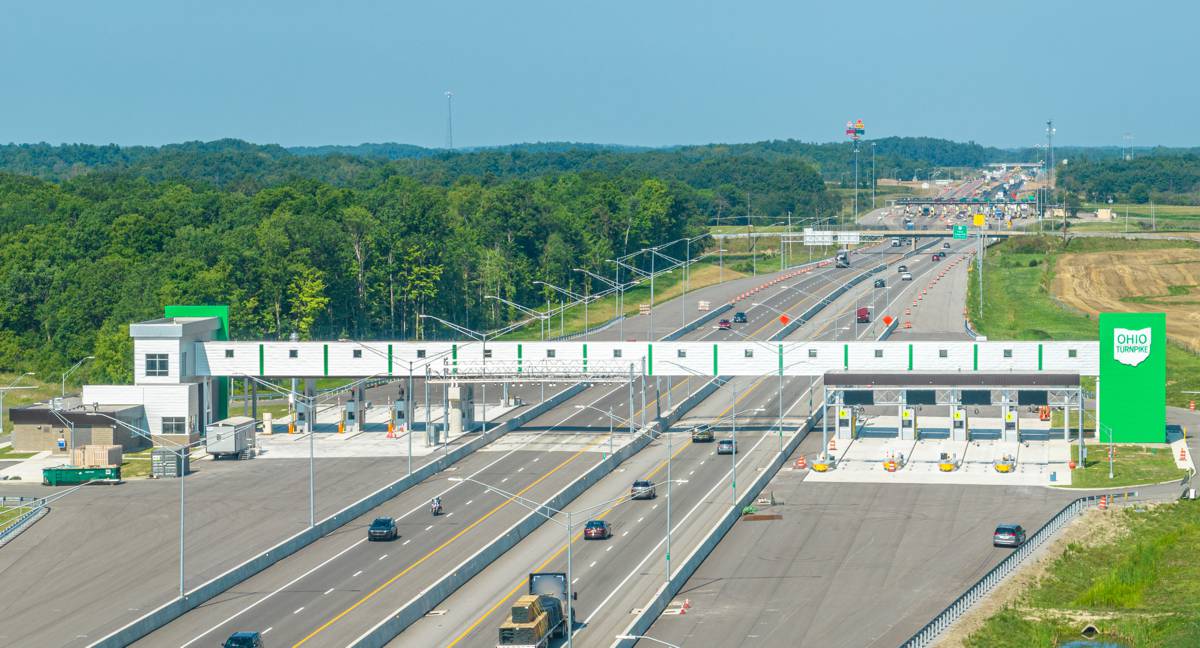Three ways that universities can improve their parking acumen with intelligence
Across the Higher Education sector, universities are having to become increasingly streamlined, find new ways to exploit their estates to maximise income, and secure alternative funding streams outside of the traditional routes. Driving efficiency, reducing costs, maintaining and improving the estate, and increasing the commercial income are key areas of focus.
Parking is a valuable asset to a University’s estate portfolio that is often overlooked, yet ease of access to the workplace is a crucial element in staff satisfaction and is a vital requirement for attracting external organisations to make use of the university’s facilities for commercial ventures, such as conferences and exhibitions.
When you consider the cost of maintaining car parks and the significant land value of such sites, it is clearly important that parking facilities are optimised and utilised efficiently, otherwise it’s just a money drain on the estate.
At Clearview Intelligence they have identified that the availability of car parking is a significant pain-point for staff, students and visitors alike in and around campus and other university facilities. Demand far out-strips availability of parking as 33% of car-owning students bring their vehicle to university, and many staff commute from some distance and rely on their cars.
So how can universities optimise their parking assets?
1. Guide students, staff and visitors to spaces quicker
Clearview’s integrated parking solutions can combine vehicle count systems, parking bay sensors and variable messaging signs to enable drivers to be guided quickly and efficiently to the nearest available space – creating a stress free, positive parking experience for all users of the car park. Providing clear visual, dynamic guidance around the parking zones also helps to reduce congestion in the car park and cuts vehicle emissions, so can contribute towards minimising a University’s carbon footprint.
Clearview designed and installed a parking management system for National Grid at their Warwick headquarters – read their case study to see how they increased visibility of available parking spaces, reduced the time employee spent looking for a bay, and increased the control of visitor parking options.
2. Monitor parking usage to inform strategy
Parking solutions provide full visibility on how a university car park is being used, and can help estate / facilities managers to understand peaks and troughs in demand. Parking data collated from the bay sensors and global counts can be fed directly into their Insight® Parking data intelligence platform, where the user can access a suite of tools to remotely manage devices, data collection, reporting and analysis – all with a simple browser-based interface.
The intelligence can be used to inform strategic decisions about capacity, impacts of expansion or reduction in space, and peak times – enabling car park operators/managers to make informed decisions, better utilise available parking, and control costs. For instance, it can enable better planning for dedicated parking for specific user groups and inform dynamic pricing options for parking and/or permits.
3. Minimise impact of inconsiderate parking on and off campus
Dynamic signage before car park entry points can help to minimise the impact of inconsiderate parking within the campus or university parking areas, and on local residential streets, by guiding drivers to the nearest alternative car park with spaces before they enter the car park to influence their parking choices and behaviour. This also reduces congestion within the car park, saving drivers time, whilst preserving good relations with local residents.















